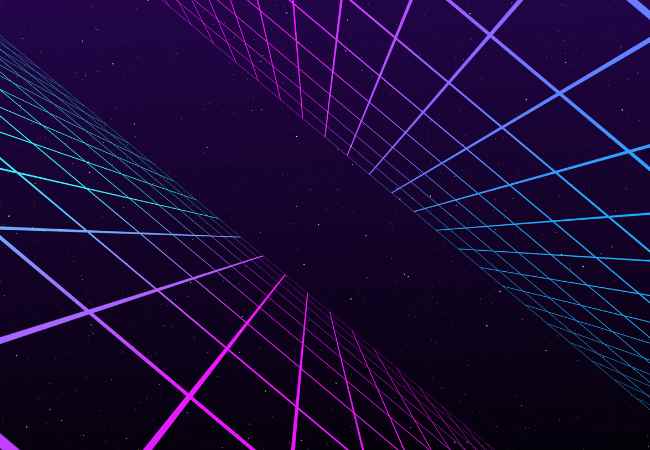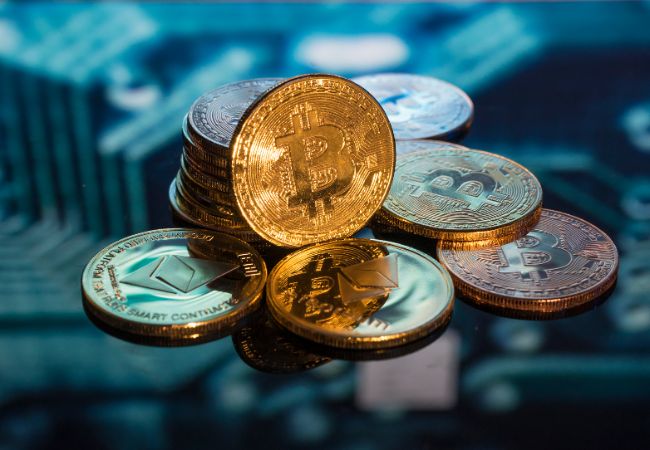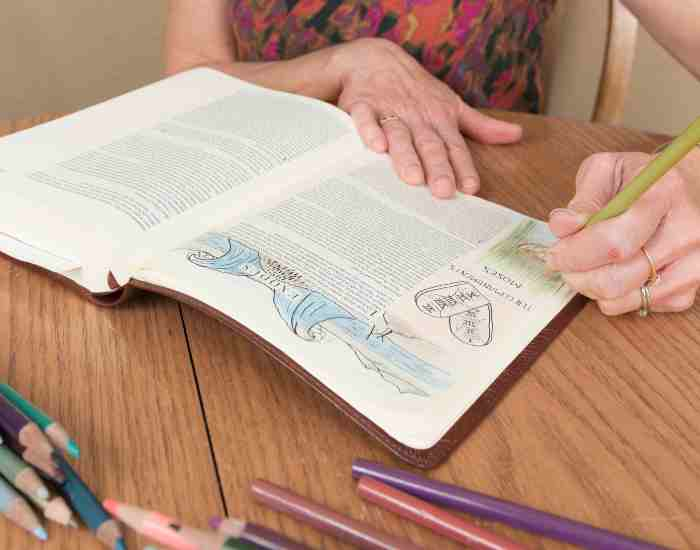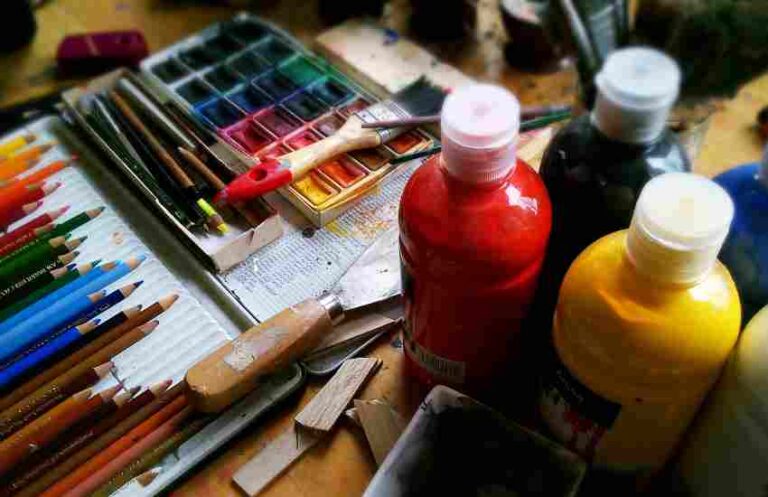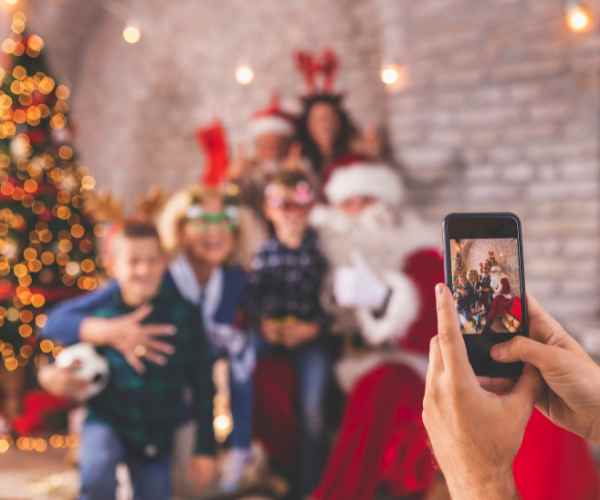The term ‘inspiration’ is usually attributed to an idea or eureka moment which artistically propels one to create anything wonderful, and life is infused into a stroke. However, every painter, every author, every musician knows these eureka moments are more the exception, not the norm. Seeking for inspiration is one of the challenges within the artistic community; it is an unspoken war that goes on within the studio and nights.
Imagine the case of a painter who is able to achieve such prominent status today, but back then not only suffering from a creative block, but found beauty in the strangest of things: a single tree struggling to survive in a cosmopolitan culture. A passer by would have seen it as an eyesore or a part of the city’s background. To an artist, it was a pillar of protection against cosmopolitan isolation and a testament of strength among the harsh reality of being surrounded by human civilization. This single tree sparked a wildfire of ideas that eventually evolved into creation, art indeed is a strange thing. Or perhaps it’s just a gentle reminder that this single tree was bent, but not broken. It is there waiting to be marked. Waiting to be noticed.
For an artist, the word “inspiration” is not selective – it captures the breath and life in artistic forms of expression and the creative spirit or the imagination itself. One desires not just the idea but rather the desire that such an idea conveys, the desire that inspires one to both think and create through action. It is the inception of a thought or the blueprint that one has unfathomable faith in, such that it covers time frames of months, years or decades on end. It is that eureka moment where one envisions something that allows him to pour his thoughts, feelings and perspectives into words.
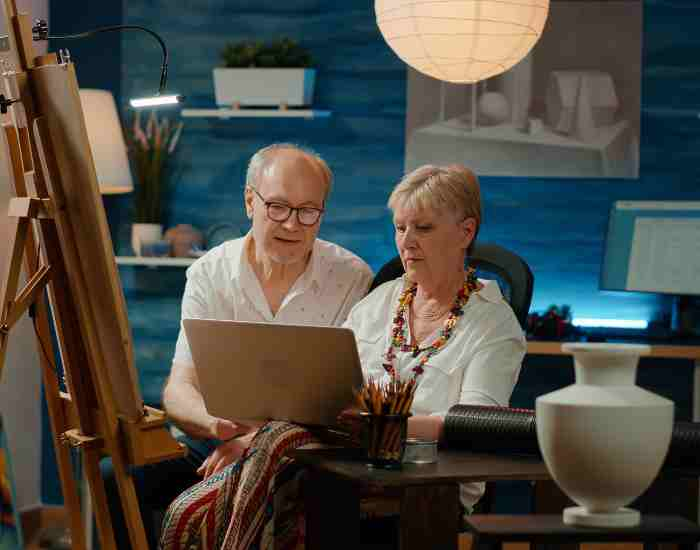
It is rather important to comprehend that the art of being inspired is the verbal religion of the replenishing artistic culture. The goal is not only the end but the process which is how creativity should be. It makes the work easier for the artist through sheer self-determination, nonconformity, and originality – focusing on different paradigms of the world. It’s always about evolving, looking out and reaching. Otherwise, creation becomes merely a chore, which is infused with the constant mounting pressure due to the absence of enthusiasm. That is the kind of work that is often birthed as well.
Discovering Your Muse: The Artist’s Journey to Artistic Inspiration
For artists, the quest for creative inspiration can sometimes be challenging, as it varies in nature from one artist to another. However, there are always things that are common among them, and that those things show the artist the vast and multi-source aspects that they can draw inspiration from.
This inspiration can be found in aspects present in our surroundings as there is an abundance of feelings and thoughts that can be depicted artistically. One of those aspects is nature, as it is one of the most important resources for art as it is timeless in its beauty. The same can be said about the city since in contrast to nature, it is full of chaos, yet provides a backdrop for creativity. And then there are people – a never ending source since they have billions of stories waiting to be expressed through art.
For instance, going out for nature walks, exploring the city, or even just sitting around and observing people can result in acquiring new ideas and enhancing one’s conceptualization and artistic style. These activities enable an artist to gain a new perspective towards the world and help them observe and appreciate things that they would have never thought of.
Unveiling the Possibilities that Art History Carries
What has been created in the past can act as a guide to help better understanding future art creation. Looking at the creations of artists from the past is not just an intellectual activity, rather it is a journey through time that possesses richness of insights in varying techniques and compositions as well as diverse artistic ideas. The life experiences of artists and the sociopolitical enviroment during the time they were creating their works of art can significantly motivate us since every person is a fighter by nature in the hope of being successful in this creative environment.
Going to museums, reading art history papers, and even searching through online photo galleries opens the eyes of the artists to a history of how art was developed and rewritten through revolution, international conflicts, and even pandemics. This exploration can trigger something for one’s work, and in the perspective of art, it somehow builds a narrative even if it may be in the distant relative to previous existing artworks.
Using unconventional materials and techniques is mandatory when creating new ideas and new modes of expression. To put it otherwise, one may never know what he or she might come across or reimagine once they step outside of their comfort zones. This is not to suggest that home leaving the comfort zones is a bad thing, this suggests that new and even drastic alterations to a particular persons work may also lead to further developed creativity and thought process.
For several artists who have been adventurous enough to look beyond what is comfortable, such adventures often tend to be a source of new creativity. Pouring, splattering, and even drawing in the paint, pencil, or digitally or using anything that can be collected from the environment opens many more ways of thinking to an artist and their work.
Developing a creative imagination to cope
There is not a single case of creativity stemming from the sheer need of creation. Creativity has to be planned for and then allowed to flow during suitable moments. A creative imagination is not an inherited privilege of the few that have it endowed; it is an organized skill-set around creativity that can be picked by anyone.
Repetition as to say, practice is the foundation of artistic success. It ensures that the need is there so that getting inspiration and creating art around it is made effortless. Apart from sharpening one’s artistry practice, discipline also broadens the mind and sharpening problem-solving processes.
Establishing a day-to-day routine that enhances creativity could focus on making time for art every single day. The framework within which creative work happens does not have to be strictly defined, but should contain slots for idea experimentation, introspection and polishing. The most important thing is to start with a good amount of effort, motivation and anticipation, recognizing that building a habit is rather a journey, not a 100 meter dash.
Activating Creativity when Blocked
Creative blocks occur on and off during the artistic invention process. But here’s the best part – every block presents an opportunity for new possibilities. In such situations, people resort to mediation, free writing, doodling and brainstorming among others to help them overcome challenges. These are activities that awaken one’s brain and one can turn a sour moment into a moment of brain whisking creativity.
Another famous way of tackling an artist’s block is co-operation with other people. Joint ventures or joint projects are a good source to provide you with new ways of seeing things and give a lift to your ideas, sometimes producing noticeable changes and innovations in your artwork. The flow of creative energy that takes place during teamwork is most effective in overcoming the block and brings in a fresh wave of creativity.
How to Make the Most of New Opportunities
The ability to be open to fresh new opportunities and experiences is one of the cornerstones attending to one’s inner creative. Traveling, going to events, or picking up new hobbies aside from one’s main artistic discipline are some of the activities that can greatly expand and artist’s intellectual perspective. They serve as a new supply of visions and feelings that can be used in understanding, bringing new ways of perceiving or interpreting the things around us.
Participating in workshops and online courses for training in new techniques and mediums is very much encouraged. Learning new things not only improves an individual’s competencies but also helps stimulate creativity which is always receptive to new points of interest. It impresses the significance of being insatiably a learner, who is on the lookout for new boundaries to be added and the changing face of art and creativity to be accommodated.
For artists, when looking for inspiration it is best done in the company of others for sheer emotional support and in the hope of fruitful interactions. The community, be it real or virtual, is essential in fostering creativity and serves as a great environment for ideas, feedbacks and encouragements to be shared.
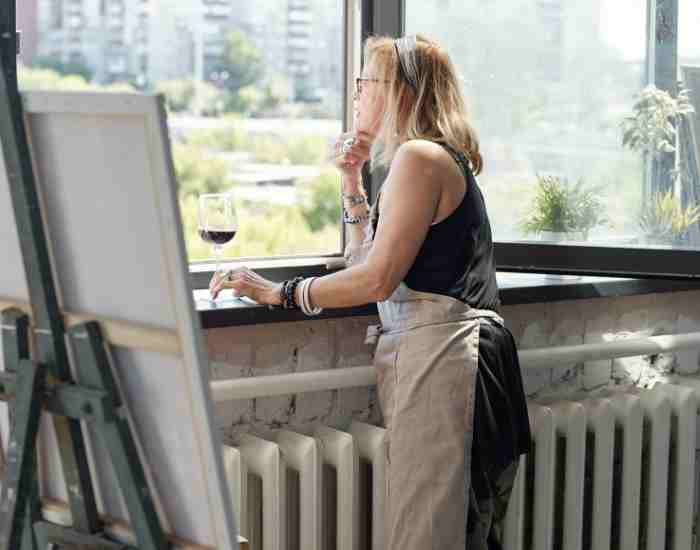
The Role of Mentorship and Collaboration
Collaboration and mentorship are essential foundations in the world of artists, being great sources of motivation and elevation in growth. These connections help in understanding different ways of creating and approaching art, thus adding importance to the scope of the individual through knowledge and experience gained from outside.
Being able to connect with mentors or becoming part of art groups makes artists work in places that encourage the growth of creativity. These links can even make the artist go out of their comfort zone and learn new methods and perceive their work in a different perspective. Feedback and the culture of working on group tasks provide the sense of connection and are vital for the advancement of an artist.
In this current generation, artists can reach out for mentorship or collaboration via social media platforms, local art communities, and online forums. Such platforms have a wide range of coverage and every artist will get like-minded people regardless of distance. It is critical to remember, though, that these prospects must be approached with an open mind and the readiness to have heartfelt interactions that would result in harmonious advancement.
Utilizing social media and other platforms
Platforms and social media have changed the way artists get inspired and even reach an audience. With these digital spaces, artists can now promote their work, interact with a wide range of people, and always find new sources of visual art motivation.
But these platforms are effective to use when interacting and not simply posting their works; it is about conversing, exchanging ideas, and backing up other artists. True, there is always a danger of falling victim to comparison syndrome, but it seems that the benefits of the constructive engagement and positive sides of these communities overshadow the potential drawbacks. Such success is meant to be applauded, for every artist has challenges of their own, and every community should encourage diversity of artistic languages.
The promotion of their work on social media also has the benefit of creating new networks for an artist which increases their reach while showcasing their work to a new audience. Such exposure can solicit incredible responses, trigger fresh imagination, or even lead to professional engagements.
FAQs
How do I turn my negative feelings into art that means something?
Negative feelings, although not easy to deal with, can be incredibly useful. The catch is to use these emotions as a source of inspiration, rather than letting them take over your life. People are capable of feeling strong emotions, but these emotions need to be ‘translated’ into a chosen medium. This is not only therapeutic for the person, but often also results in very meaningful and great pieces of art.
How should I go about developing my sense of proportion in regards to technique and creativity?
In contrast to popular belief, technique and creativity are far from opposing forces – they are in fact, two sides of the same coin. Without the skillset or the appropriate methods, a person’s imagination is unlikely to yield any impressive results. In order to correct this imbalance, one should invest both hours in practicing one’s art as well as quite a lot of time breaking the conventions of the art. For it is at the crosspoint of discipline and rulebreaking that art truly comes to life.
What are some ways to turn a casure of inspiration into a piece of art?
To be able to emphasize and develop ideas into an art piece, you need to be focused and disciplined as it is not easy. It is important that everytime the idea arouses, it is drafted immediately therefore keeping a journal, sketch pad or a digital note would be handy. It is important to allocate time to revisit these snippets and expand on them adequately. Therefore creating a routine for creative tasks helps in achieving the outcome for unfinished ideas.
How can I use art as a creative outlet when there is unrest in the society or a political issue?
Art has long been used as a powerful tool for both a form of expression and creation. Thus, consider these factors when generating creative content, they can be the fuel to your fire. Use your craft to answer questions, act against something, bring healing or awareness. This can be a very powerful source of motivation, a reason to create art.
Conclusion
The search for inspiration is unique and avails a different artistic view on life, so as an artist, one can search forever. For starters, the diversity of man and nature is a great muse as well as history and philosophy, seeing that art can be created from anything.
In this regard, be patient and remain persistent, keep trying, and be open to possibilities. Seeking out inspiration is not a straightforward process; it involves exploration and learning along the way. The artistic process is just as much about self-exploration as it is about the act of creating.
More Post

